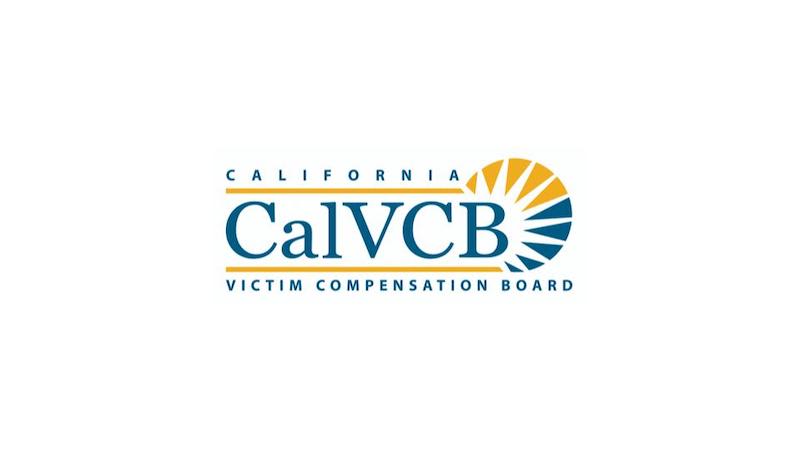The California Victim Compensation Board (CalVCB) is a three-member Board dedicated to assisting victims of violent crimes. CalVCB administers the Victim Compensation Program, which provides reimbursement for crime-related expenses to victims who suffer physical injury or the threat of physical injury as a result of a violent crime. CalVCB also administers the Restitution Recovery Program, the Good Samaritan Program, and the Missing Children Reward Program. In Fiscal Year 2021-22, CalVCB received 39,015 applications and paid $40.3 million in compensation.
CalVCB pays benefits as a payer of last resort for medical and dental, mental health, income loss, relocation, residential security, and other such sub-categories. In some instances, CalVCB receives returned benefits for a variety of reasons, including returned checks, settlements, and overpayments. Returned benefits must be credited to the claimant’s benefit limits for potential future disbursements. CalVCB has an application maximum benefit that includes sub-categories of benefit limits.
CalVCB currently uses a labor-intensive, manual process to adjust a victim’s benefit limits for returned funds. Multiple CalVCB business units are required to adjust the various sub-accounts that pertain to a victim’s benefits.
An example business process scenario: CalVCB pays $11,000 in income loss and $6,000 for funeral expenses for a victim killed in a car accident. Subsequently, a court ruling orders the at fault driver to pay all funeral expenses and $4,000 in income loss to the spouse of the victim. CalVCB will be reimbursed for $10,000. When the reimbursed money is received, CalVCB manually updates the funeral expense and income loss sub-accounts so that the victim’s spouse may still receive additional benefits.
Specifically, current challenges include:
- Lack of a single system of record – information being housed by several different units in different systems and file locations, resulting in longer processing times.
- Inability to automatically adjust sub-accounts (for benefit sub-categories) for returned funds.
- Inability to obtain real-time information about available funds until the manual adjustment process has completed.
